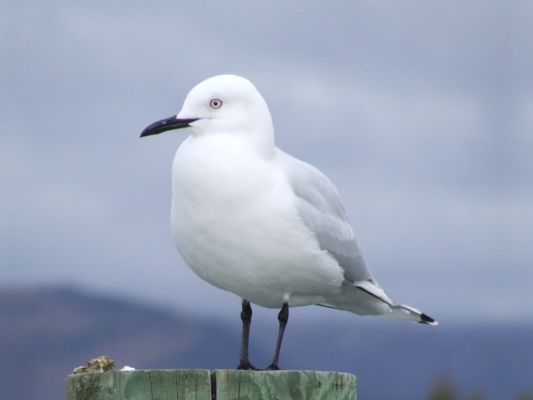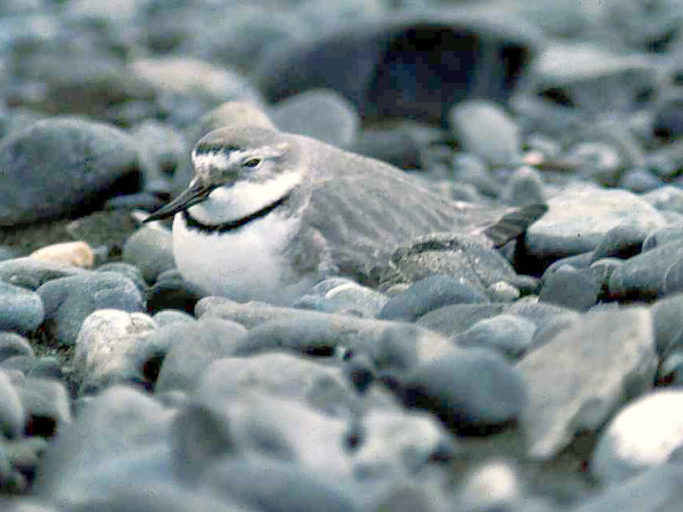Eric Spurr and Nicholas Ledguard from the Ashley-Rakahuri Rivercare Group share the results of their group’s extensive predator control and bird monitoring work from 2000-2015 in a recently published issue of Notornis, the journal of the Ornithological Society of New Zealand.

The Ashley River is a braided river in North Canterbury (near Rangiora) where eight species of nationally declining river birds currently breed: banded dotterel, wrybill, black-fronted tern, pied stilt, black-billed gull, Caspian tern, pied oystercatcher, pied stilt and white-fronted tern. Breeding success is threatened by both introduced predators (feral cats, hedgehogs, stoats, weasels) and human predators who use trail bikes and 4-wheel drive vehicles on the riverbed, walk dogs and have even deliberately killed nesting birds.
Weeds such as yellow tree lupins and broom are also an issue and commercial extraction of gravel is also carried out. Add to that, the natural hazards of flooding and predatory birds and it would seem that the odds are well stacked against the river birds.

The article describes the predator control work, public awareness campaigns, vegetation clearing and annual survey monitoring work carried out by the Ashley Rakahuri Rivercare Group and how breeding success has changed over time. Mammalian predators have been trapped in the vicinity of black-billed gull, black-fronted tern, and wrybill nests since 2003.
“Surveys in the lower Ashley undertaken by the Rivercare Group from 2000 to 2015 covered 19 km from the Okuku River confluence to SH1 road bridge (43°28’ S, 172°69’ E), 3 km from the sea… Groups of 2–5 observers were spaced 50–100 m apart in a line across the riverbed (width c.200–500 m). They walked slowly down river, keeping in line and in communication with each other, and counted birds as they passed them or as the birds flew upriver passing the observers. The observers counted all waders, gulls, terns, and shags.”
The annual surveys revealed positive results for several threatened species, with other species at least holding their own, in comparison to nationwide downward trends.
“Annual surveys from 2000 to 2015 show a significant increase in numbers of banded dotterel (Charadrius bicinctus), wrybill (Anarhynchus frontalis), black-fronted tern (Chlidonias albostriatus), and pied stilt (Himantopus himantopus). Numbers of the other 4 species, including black-billed gull (Larus bulleri), the most threatened, have not changed significantly, in contrast to declining national trends. We suggest the Rivercare Group’s management actions have contributed to these successes, and support continuation of their actions.”

